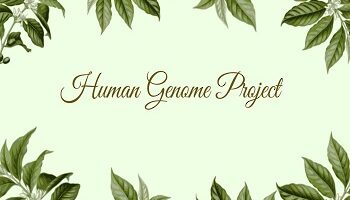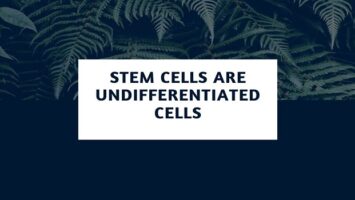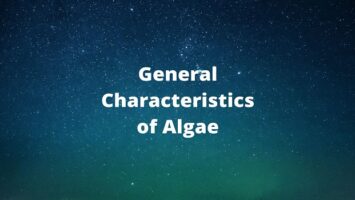Biological Significance of Watson and Crick’s Double Helical Model of DNA:
The biological significance of Watson and Crick’s double helical model of DNA is as follows:
(1) Information Storage- Genetic material is expected to act as a repository of information. Its structure must be related to the intimate features of the gene product, i.e. the protein. It must be capable of specifying the primary structure of a protein, i.e. composition of a polypeptide chain. It means the sequence of bases in the DNA molecules should be able to determine the specific sequence of amino acids in a polypeptide chain. With the discovery of triplet codons and genetic code for different amino acids, the collinearity between codons in DNA and the sequence of amino acids in the polypeptide chain has been successfully established. Therefore, DNA is like a tape having coded information for the sequence of amino acids in the form of specific sequencing of nucleotides.
(2) Information Transfer- The process of transferring message encoded in DNA and the ultimate synthesis of polypeptide chain can be broadly separated into two steps.
- Transcription- Faithful transfer of information from stationary DNA molecule to a mobile intermediate molecule which can be the liaison between DNA (in nucleus) to ribosomes (in cytoplasm) for assembling of amino acids to form protein is called transcription of mRNA.
- Translation- Decoding of the message from mobile carrier into a polypeptide chain is translation.
Double helical structure of DNA as suggested by Watson and Crick conveniently explains the transfer of information. Since the information is coded in the sequence of nitrogenous bases, the same sequence is copied in messenger RNA (mRNA). Thus, a complementary strand of mRNA is synthesised along one of the two strands of DNA. This mobile copy of genetic message moves out of the nucleus to the site of protein synthesis (ribosome) in cytoplasm.
Transfer RNA (tRNA) molecules pick up specific amino acids and align them on mRNA is a triplet sequence of nitrogenous bases (the codon) recognized by their anticodon region.
(3) Self Replication- The structure of DNA provides the most convenient and the only possible device, whereby a particular molecule with a particular sequence of base pairs could be duplicated easily. Each strand of the double helix of DNA can construct its complementary strand by acting as a template because the sequence of nitrogenous bases in one strand could easily determine the laying down of bases of the second or complementary strand.
(4) Variations- Genetic material should be capable of undergoing change in its composition. Its structure should be able to undergo mutations so as to produce diversity in the protein-making information. Watson and Crick’s model easily explains the mechanism of appearance of mutations in DNA either by substitution of nitrogenous pairs or by their addition or deletion in the polynucleotide chain.
(5) DNA Repair- DNA molecule is relatively fragile and is easily damaged simply by bending or shearing forces or by local changes in pH. Its base sequence changes by chemical agents from environment and also by X-ray and ultraviolet radiations. Still it preserves its integrity after several millions of replications. Actually, the double helical structure of DNA presents the most stable structure. It is most suited for the long term preservation of the coded information. Because the base sequence in the two polynucleotide chains is complementary, the coded information in a DNA molecule are preserved in duplicate. If any how, the sequence of bases on one chain is disturbed, the correct sequence of the other chain may help in correcting the errors that occur in the complementary strand and sends the correct message.









Comments (No)